Photography is often seen as a bit of a dark art or too hard for the average traveler. In reality, some simple changes and ideas can radically improve your photos, often in minutes.
In this post, I want to arm you with that knowledge and help you take stunning photos on your next trip.
All you have to do is read this post, which should only take about 5 minutes of your time.
The rest, as they say, is up to you…
Cameras Don’t Matter (As Much As You Think)
The latest iPhone. The best DLSR camera on the market. Yes, they are all nice to have. But ultimately, unless your camera is 10 years old and cost you 50 bucks, it isn’t going to matter as much as you think. What matters more are the fundamentals of photography. When you look at a great image on Instagram or even at a gallery, you tend to think it’s not possible for you to create something like that. But the truth is, anyone can take amazing photos. Or at the very least, way better than you currently do. All you have to do is learn a few tricks of the trade, and before you know it, your photography game will be levels above what it is today. So, next time you are tempted to spend $1000 on a new phone or camera just to get better pictures, don’t. You are better off spending the money on a course or Adobe Lightroom. The results will astound you! With that in mind, let’s get into a few photography basics to help you take better pictures – right now! Yes, that’s right. After reading this article, you can already start improving. It’s easier than you think.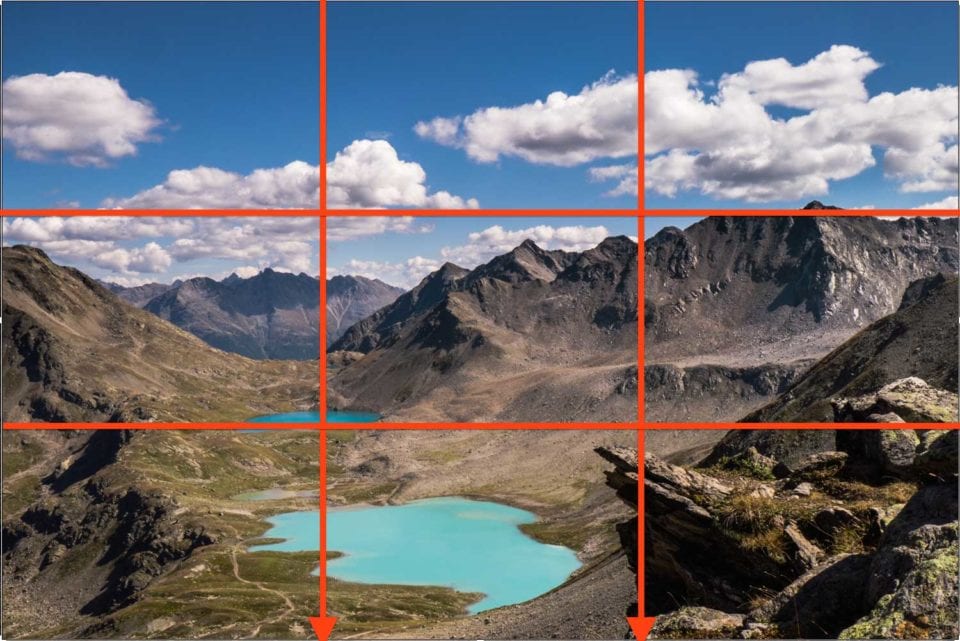
Composition Is Key
First of all, let’s address the big question here. What is composition? Composition in photography is how you arrange all the elements (the things you see in your camera screen) in the picture. By moving yourself around, or the elements in the picture, if it’s even possible, you can greatly change how things look. So, before you take your next picture. Before you press that button. Take a minute to have a good look at all the main elements on the screen and where they are. Then, you can think about re-arranging them (by moving them or yourself) into a more harmonious position. How do you do that?Rule Of Thirds
One of the easiest ways to improve your photos is to keep the so-called Rule of Thirds in mind. It sounds complex, but actually, it’s just a simple way of thinking about the scene in front of you. You break everything up, both horizontally and vertically, into thirds like in the image here. Then, the idea is as follows:- Try to align important elements in the scene onto one or two of these lines
- Also use the sections created by the lines to break up the scene, like sky vs. land
- the second lake is aligned on a horizontal and vertical line
- the rock in the bottom right section also falls on a vertical line
- the sky above the mountains (mainly on the right) is all above a line
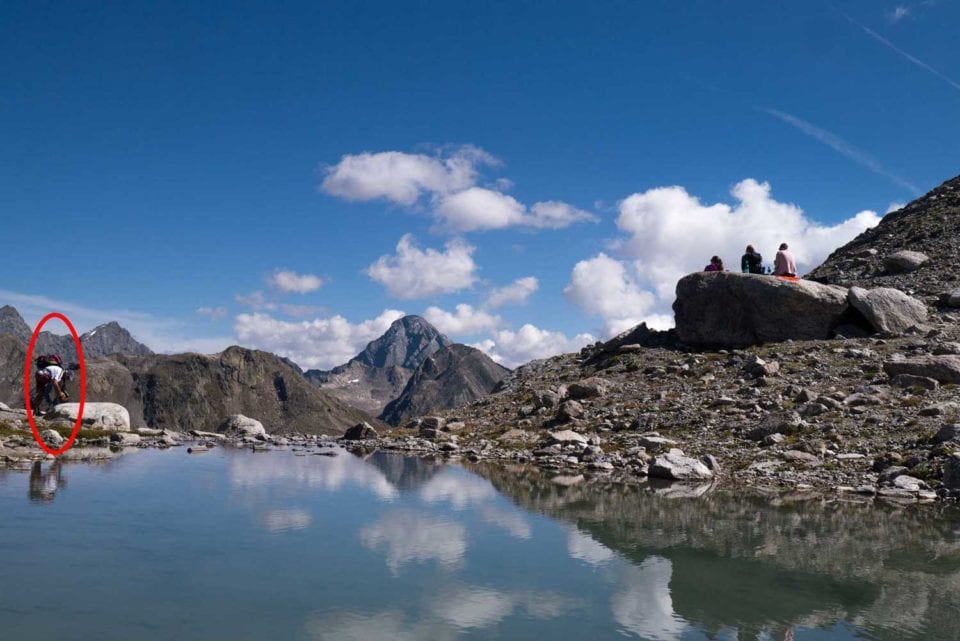
Keep The Scene Clean
Another simple thing you can do, while we are on the subject of composition, is to just keep your scene clean. This one is great to keep in mind as you are composing the shot. Simply have a look around the scene/screen and see if there is anything in there, or intruding into the edges that is annoying, distracting, or just should not be there. Try to then re-compose (move) so that you have removed it. You can also do this after you have done the shot, but make sure you do that before posting it online. Examples of things to look for include:- People walking by or on the edge of your scene
- Trees jutting into the scene
- Very bright or distracting elements
The Right Lighting Helps A Lot
We don’t always have the luxury of choosing when we can shoot a photo, especially when we travel. However, if you are staying in a place for a while then keep the following in mind. Sunrise and sunset and the hours around these times, are amazing times to take photos. Most landscape or travel photography pros only shoot at these times.Golden Hour
The hour before sunset, and the hour after sunrise is called Golden Hour by photographers. Yes, it even has a name, it’s that important. You already know, even if just in the back of your mind, that the light you get during these times is stunning. The shadows are long and make everything more interesting. The light is golden. It’s just a great time to shoot photos. So, if you have a specific scene you really want to compose and shoot, a key photo of the place you are visiting, then make an effort to shoot it at the right time of day. Obviously, sunset is the easier one of these to use, because you will be awake for it. Sunrise is a lot harder, especially in summer. However, the great thing about sunrise is that most people are asleep, so those “annoying tourists” that are swarming all over your photo will also be “gone”.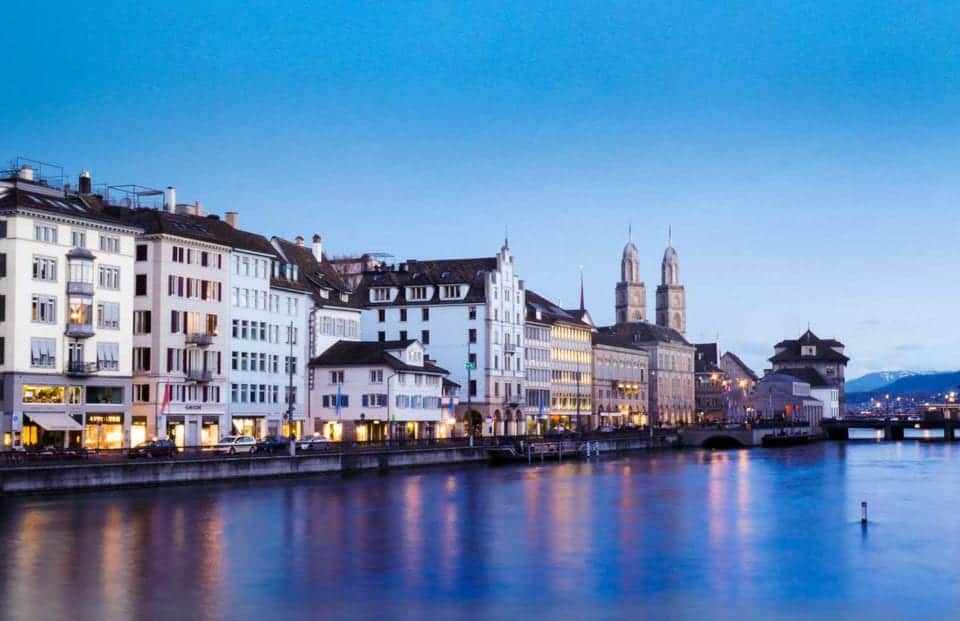
Blue Hour & Evening Lights
Once the sun has set, you also have some amazing opportunities to capture places like cities or monuments. They are usually illuminated as soon as the sun goes down. And, the hour just after sunset also gives you this amazing blue light (hence Blue Hour) that is not yet dark but still has a stunning character to it. So, make use of this time of day as well and shoot some city scenes just before you head out to dinner.Read more about lighting in Cloudland Canyon Photography Guide.
Avoid Flash Whenever You Can
Another big mistake I see a lot of people making is letting their camera use the flash once things get too dark. Sure, a flash can be handy indoors or when trying to light up some faces in a shot, but most of the time it is only going to ruin your shot. You see, there are two big issues with using the flash:- When your camera uses the flash, everything outside the flash range will be way too dark
- Flashes on your camera tend to be very strong, harsh and not very flattering light
Try A Tripod Instead
And of course, once the light gets low, there is actually the possibility that your image will be blurry (that is why the flash comes on). Many cameras just can’t shoot in low light without a…tripod. So, I recommend you either buy yourself a mini tripod, especially one you can hook to trees, poles, fences or adapt to uneven terrain. The Joby Gorillapod is a great choice, and I always have one in my bag. If you want, and can afford (the only and weight) to go a step further, invest in a light-weight travel tripod. You will not regret it. It helps with not only low-light but also composing your shots.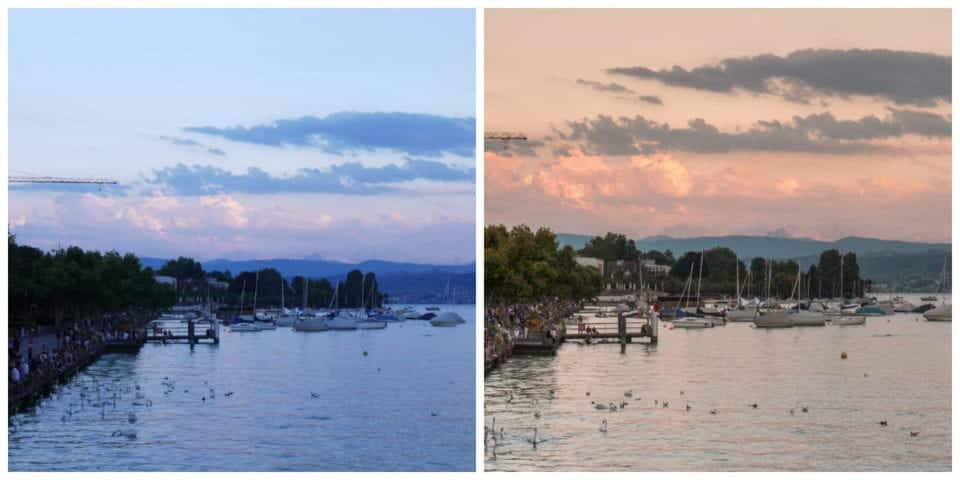
Try Raw Instead Of Jpeg
I won’t spend too much time on this as it can get a bit “techy” but here goes… Most cameras these days, even more recent smartphones, support RAW format for photos. The majority of us are used to working with JPEGs (or perhaps PNGs), but RAW files are significantly better for editing and creating photos you are going to love. You see, the problem is that JPEGs often make a lot of approximations with what your camera sees and they lose a lot of data when they are saved. Data that cannot be recovered. (You can read more about it in a recent post I wrote about shooing RAW vs. JPEG). RAW files, on the other hand, offer you the opportunity to significantly change and recover portions of your image that are too dark, too light or the wrong color altogether. All without really making it look like you edited it. Most top Instagrammers, photographers, and pros out there use RAW for this very reason, and I recommend you give it a shot too. Just look at the two photos side by side I shot a few weeks ago. One JPEG and the other RAW (edited) and you will see what you can do. And I am no pro!What Should You Try First?
There are a lot of new ideas in this post, and you don’t have to try them all at once. I recommend composing your images better as the first step, especially while keeping the rule of thirds in mind. Next, as you get more comfortable with composition, consider a tripod. Even a mini one and shooting in RAW will help if you have the option. Of course, you should always try to shoot early or late in the day too, when possible, and get some of those “epic” shots for your Instagram!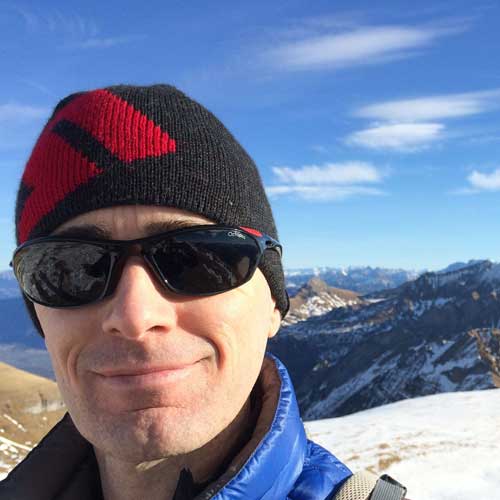
About the Author – Roger Timbrook
Roger is an Aussie expat living in Switzerland who spends as much time as he can traveling and visiting every corner of this amazing country. You can find him blogging about it here or on Twitter here.
Hi! We are Jenn and Ed Coleman aka Coleman Concierge. In a nutshell, we are a Huntsville-based Gen X couple sharing our stories of amazing adventures through activity-driven transformational and experiential travel.
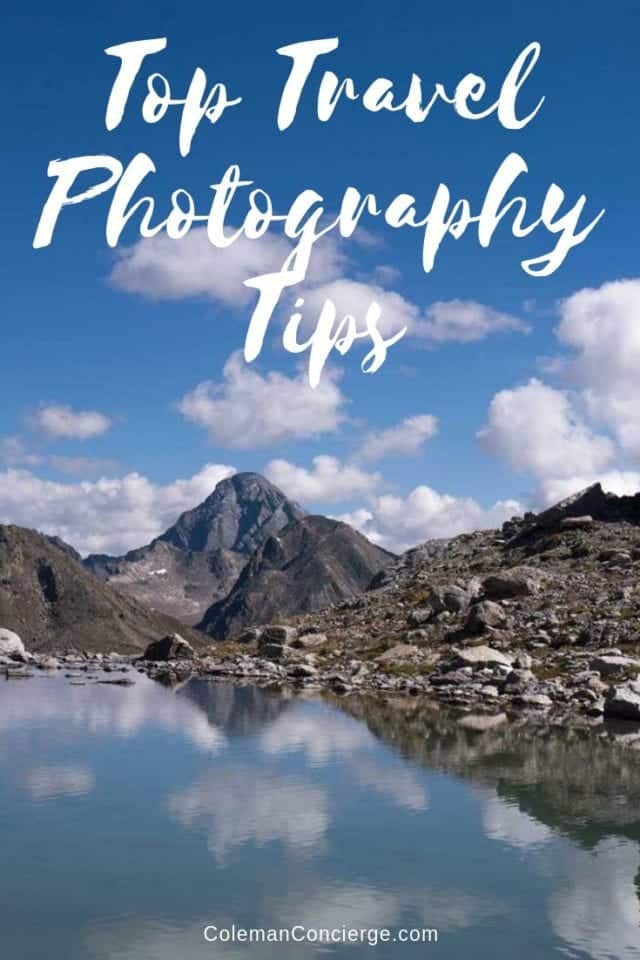
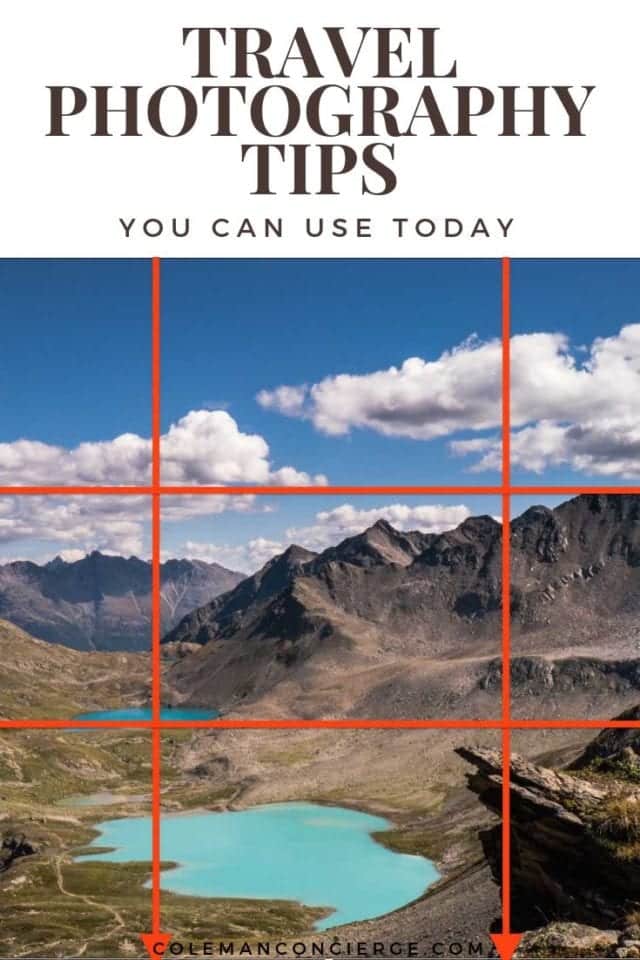
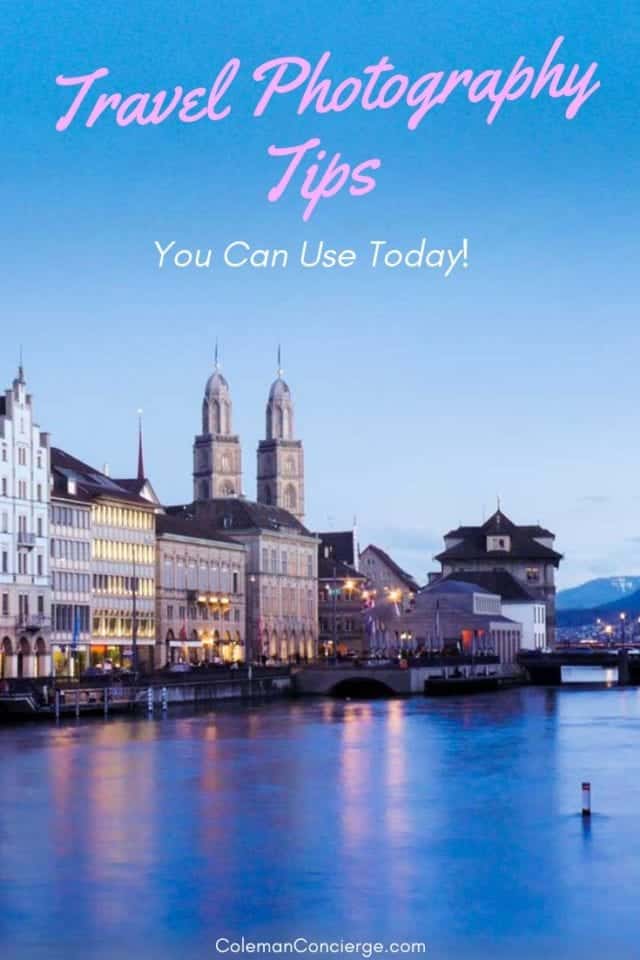

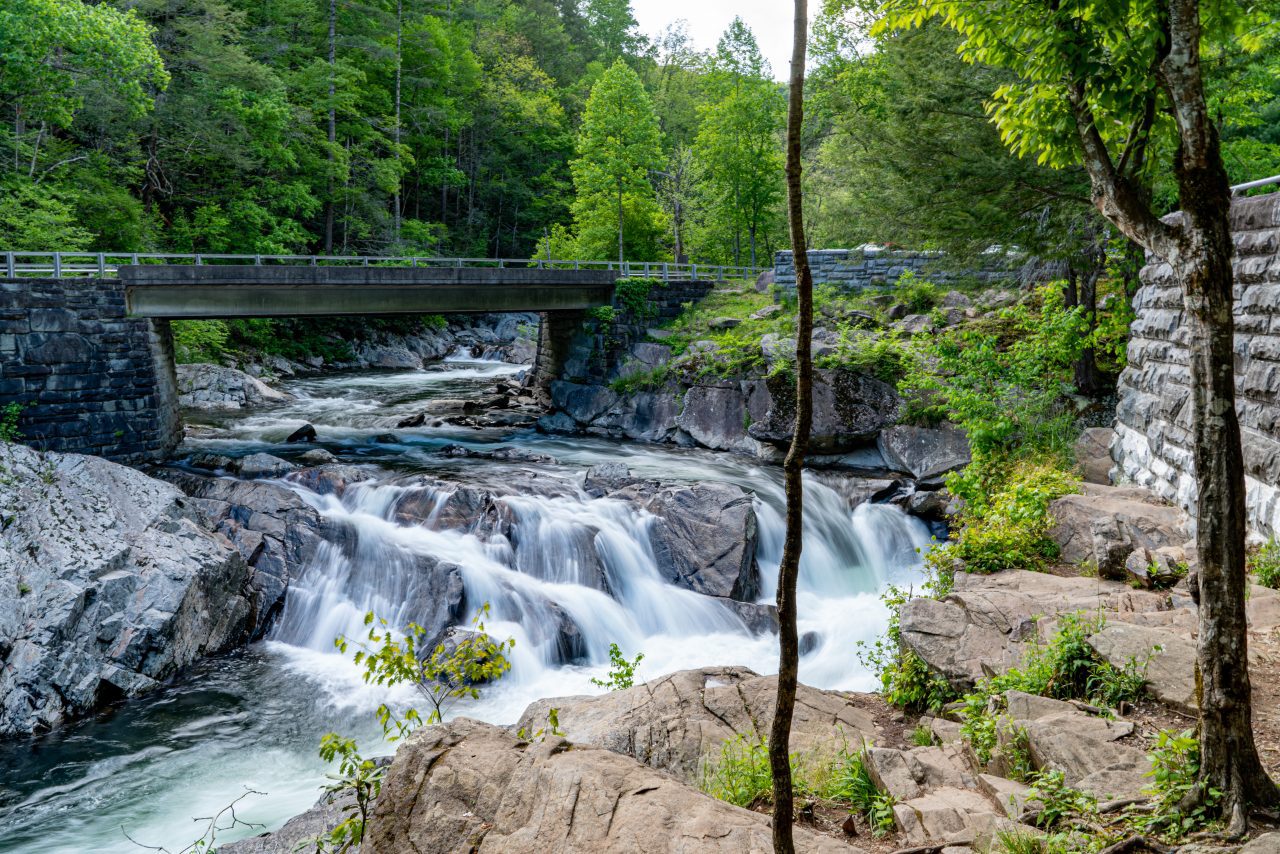
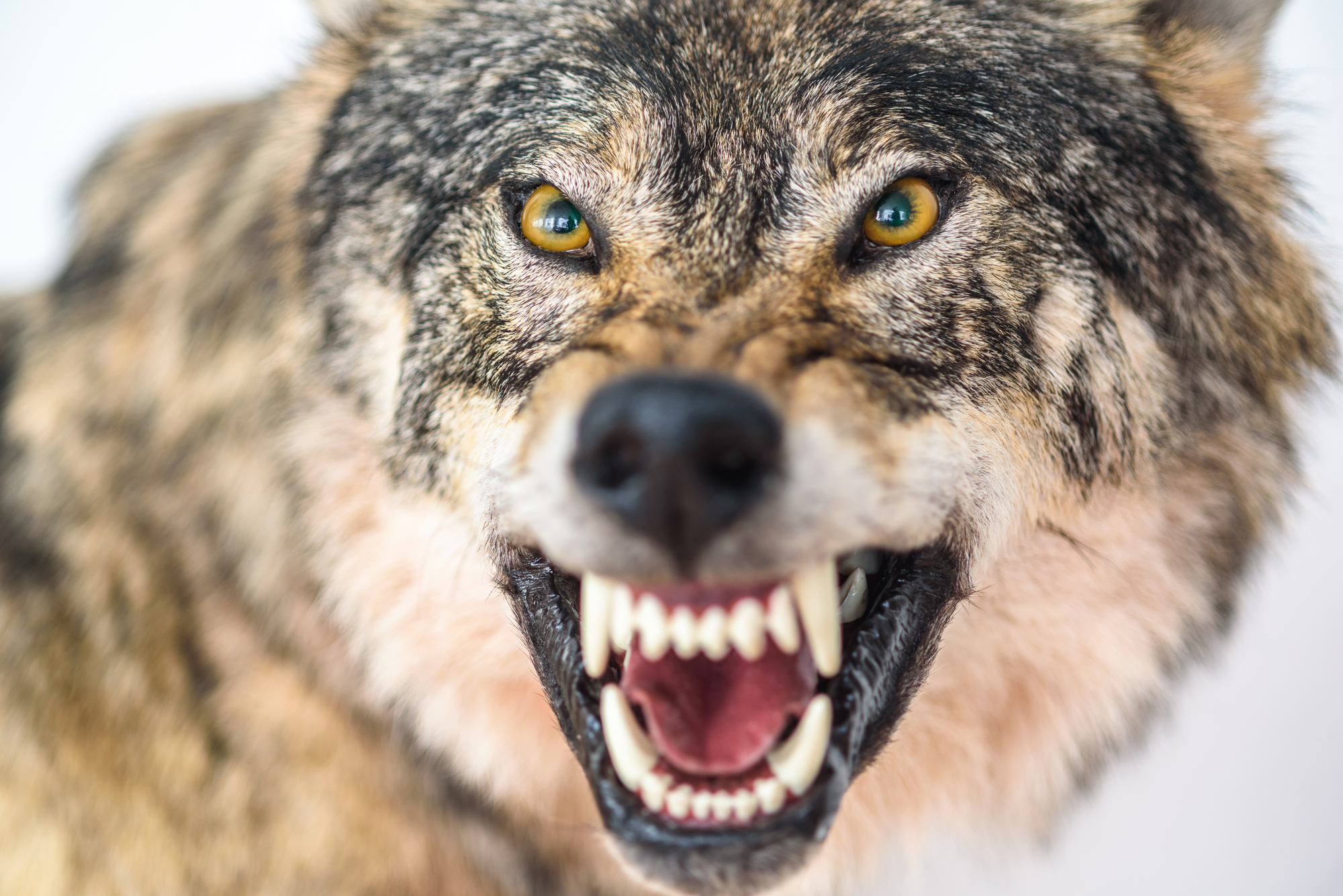
 Hi! We are Jenn and Ed Coleman, and together we are Coleman Concierge. It is our goal to inspire you to get out, expand your world, and to seek adventure, even in your own backyard.
Hi! We are Jenn and Ed Coleman, and together we are Coleman Concierge. It is our goal to inspire you to get out, expand your world, and to seek adventure, even in your own backyard.












